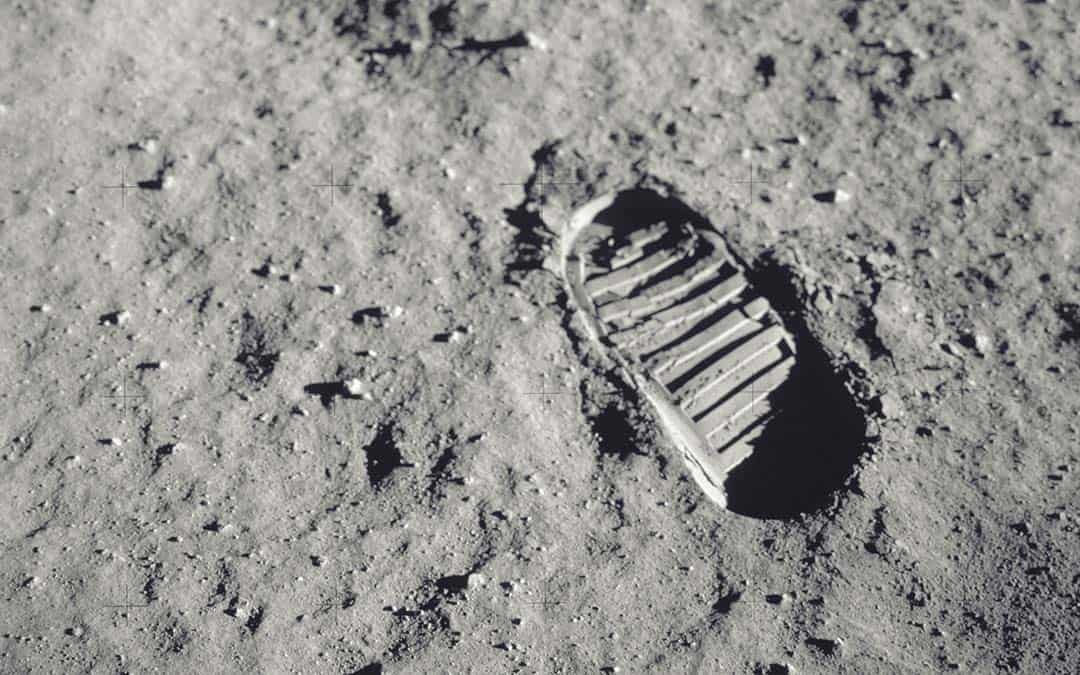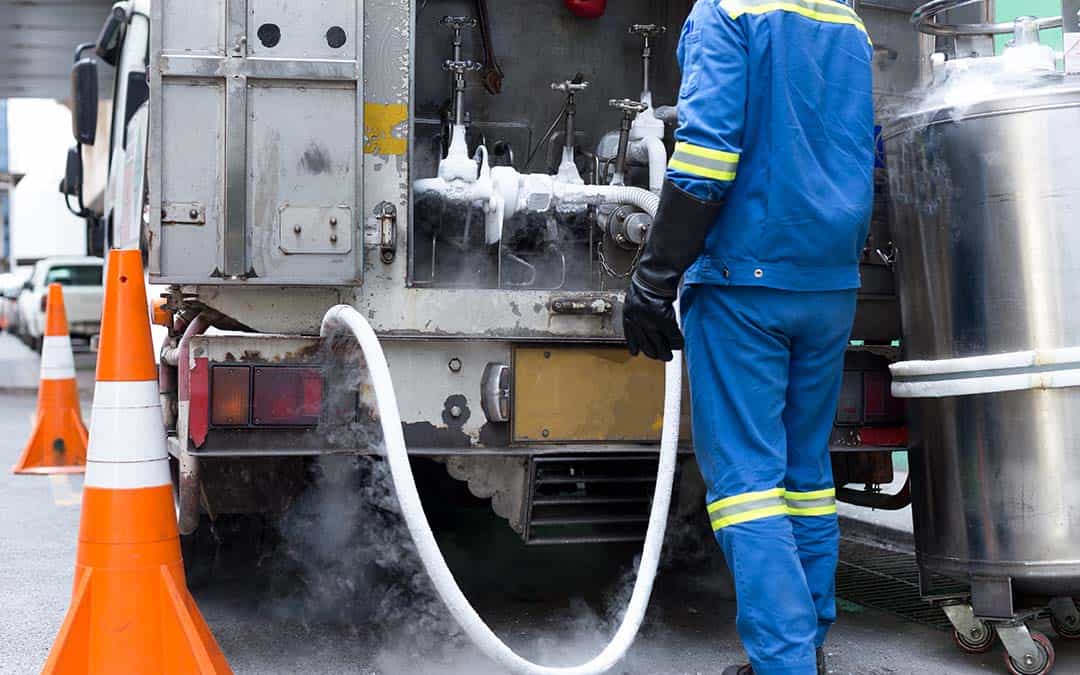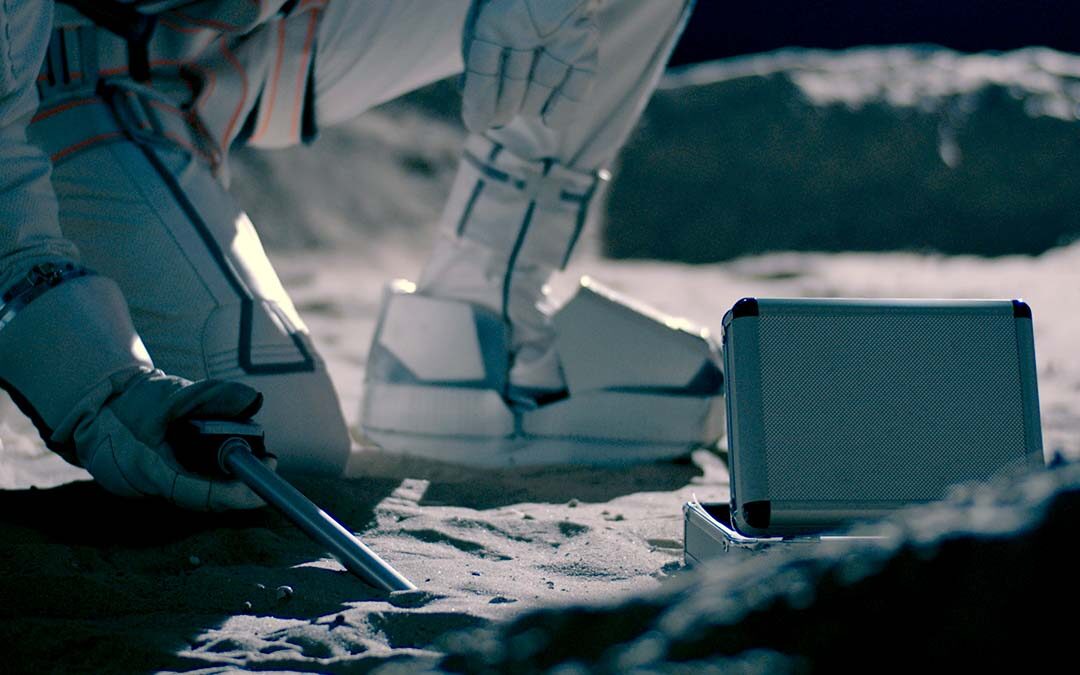Moon dust removal is a crucial part of space travel. But, what are the consequences of not thoroughly removing the lunar particles from a space suit? And why can’t they simply be brushed off?
We’ll cover all of that in a moment, after we congratulate researchers at Washington State University. A team working within the University’s School of Mechanical and Materials Engineering recently developed a liquid nitrogen spray that efficiently removes nearly all of the simulated moon dust that attaches itself to spacesuits. This milestone may be the key to solving a significant challenge that moon expeditions present.
Moon Dust the Menace

Why is removing moon dust from space suits so important? Ian Welles, an WSU student and co-author of the paper on the new spray, offered some insight: “Moon dust is electrostatically charged, abrasive and gets everywhere, making it a very difficult substance to deal with,” he explained, “You end up with a fine layer of dust as a minimum just covering everything.”
The dust has caused major problems in the past, prompting astronauts and researchers to recognize the need for a creative solution. During the moon explorations of the 1960s and 70s, Apollo astronauts attempted to remove the dust with a brush, which proved to be inadequate and only made it more difficult to remove. Not only did the debris get into and damage valuable equipment, but it also clung to space suits, in some cases breaking their seals and rendering them useless. It even caused some astronauts to fall ill with a condition comparable to black lung disease that was later dubbed “lunar hay fever.”
“It posed a lot of problems that affected the missions as well as the astronauts once they returned home,” said Welles.
Eradication Station

While other methods, such as electron beams have been experimented with to remove the dust in the past, the research team at WSU set out to find a more effective and less abrasive way to go about eradicating the detritus – without damaging the spacesuits. That’s when they turned to liquid nitrogen.
Using a doll clad in warm space suit material covered with simulated moon dust, the researchers applied the ultra-cold spray and observed significant results. The moon dust beaded up with the liquid nitrogen vapor and floated away. This result is an example of the Leidenfrost effect, which explains the phenomenon of a drop of liquid staying in suspension above a surface due to the presence of a vapor layer. It is essentially the same reaction that causes cold water to bead up and roll off of a hot frying pan.
The research team plans to continue to investigate the implications of this discovery. They’ve already applied for another grant to continue testing the spray in conditions more comparable to outer space.
CalOx Perspective
What an exciting time to be in the food- grade and medical-grade gas industry, when such innovative research is happening across industries. As the go-to supplier of liquid nitrogen in the Los Angeles area, we’re ready and eager to exceed expectations, whether you’re conducting groundbreaking research or a food manufacturer in the market for rapid cooling and freezing solutions. Reach out today.
